As an important metal, copper has good ductility and electrical conductivity, and is easy to form alloys with various elements. It is widely used in electrical, electronic and other industries. The main source of copper is copper sulfide ore, but with the massive consumption of copper, the reserves of copper sulfide ore that are easier to handle in industry are decreasing, so copper oxide ore has gradually become an important object of development and utilization.
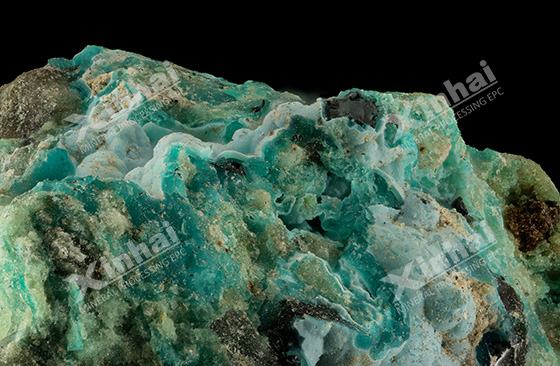
The industrial treatment of copper oxide ore mainly adopts the flotation method, among which malachite, cuprite and azurite with strong buoyancy are the ones with strong buoyancy, while bile alum and malachite are the ones with poor buoyancy. There are many types of copper oxide ore, high oxidation rate and bonding rate, fine mineral particle size and uneven distribution, strong hydrophilicity, high mud content, and many associated components. These characteristics increase the separation of copper oxide ore. difficulty. During the flotation process of copper oxide ore, the type and system of flotation reagents have a great influence on the copper oxide flotation effect of copper oxide ore. The following will introduce you to copper oxide flotation methods using different reagents.
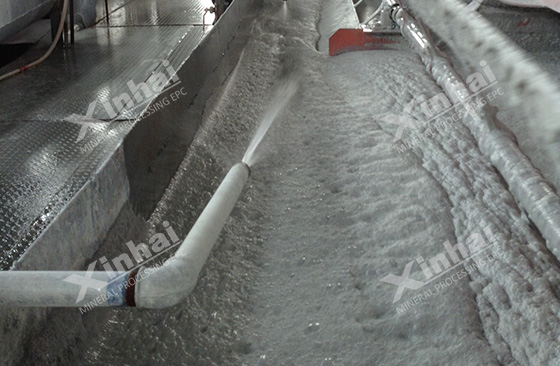
Use the table of contents below to navigate through the guide:
01Fatty acid flotation method
The fatty acid flotation method uses fatty acids and their soaps as collectors for flotation, and is mainly suitable for the separation of copper oxide ores with malachite as the main copper-containing mineral and the main gangue mineral as silicate. In the actual production of beneficiation, the commonly used collectors are C10-C20 saturated and unsaturated fatty acids. At the same time, inhibitors, phosphate, water glass, etc., are added to the pulp, and sodium carbonate is used as a regulator.
02Amine flotation method
The reagents used in the amine flotation method are organic amines, and the applicable minerals mainly include malachite and azurite. Organic amine agents have strong collection capacity, fast flotation speed, and their price is higher than that of xanthate, resulting in higher beneficiation costs. Commonly used amine collectors are cocoamine and laurylamine. Amine collectors can collect gangue minerals in copper oxide ore. In order to obtain a better copper oxide flotation effect, the selection of inhibitors for gangue minerals is also very important. Sodium alginate, polyacrylic acid, cellulose wood Sulfonate or lignosulfonate etc can be applied.
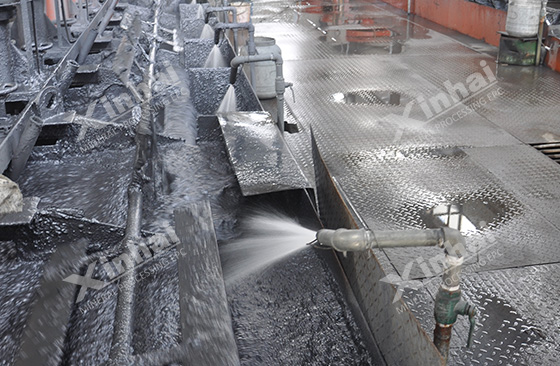
03Chelating agent flotation method
The chelating agent flotation method mainly uses chelating collectors or neutral oil for flotation, and the applicable minerals are mainly refractory copper oxide ores such as chrysocolla. Chelating collectors have strong collection ability and good selectivity, and can combine with metal ions on the mineral surface to form hydrophobic chelates, and then co-adsorb with hydrocarbon chain neutral oils to increase hydrophobicity and obtain better flotation results. At the same time, the dosage of medicine can also be reduced. Commonly used chelating collectors include imidazole, hydroxamic acid, etc., but the price of chelating collectors is relatively high, and the beneficiation cost should be considered when using them.
04Emulsion flotation method
The emulsion flotation method is to sulfide the copper ore first, then add a copper complexing agent, and a stable hydrophobic film will be formed on the surface of the mineral. Neutral oil emulsion is added to the pulp to wrap on the surface of the mineral, and the hydrophobicity of the copper mineral increases. The adhesion between copper minerals and air bubbles increases and floats up with the air bubbles. This method is mainly applicable to the flotation of copper oxide ore, sulfide ore and non-sulfide ore mixed ore. Commonly used copper complexing agents include diphenylguanidine, mercaptobenzoxazole, toluoyl triazole, benzotriazole, etc. Kerosene, gasoline and diesel can be used as neutral oils. When using this method to float copper oxide ore, it is necessary to add gangue mineral inhibitors such as sodium silicate and acrylic acid polymer to the pulp.
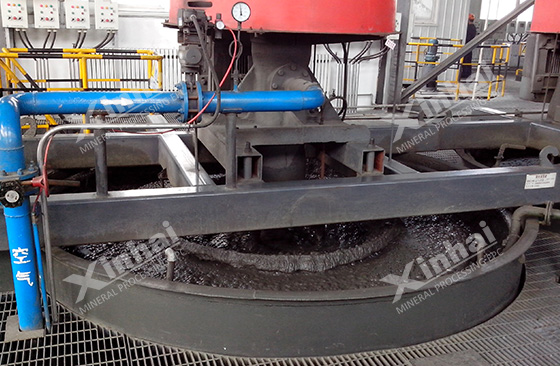
05Sulfurization flotation method
The sulfidation flotation method pre-sulfurizes the copper oxide ore, and the highly hydrophilic copper oxide mineral adsorbs S2- or HS- ions, and a sulfide film will be formed on the surface of the mineral to increase the hydrophobicity, and then add a collector to the slurry Flotation is carried out. Sulfide flotation is one of the commonly used methods for copper oxide beneficiation, and the applicable minerals are carbonate-containing copper oxide ores, such as malachite, cuprite and azurite. If a specific type of ore is treated by sulfidation flotation, the key to the process is to select a suitable agent and agent usage plan.
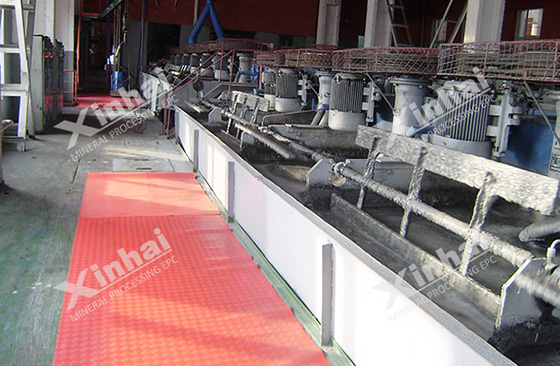
The above are copper oxide flotation technologies with different flotation reagents, and the types of ores they are applicable to are also different. In order to choose a suitable copper oxide beneficiation process, one should understand the characteristics of the ore itself. Xinhai Mining recommends to conduct a beneficiation test and analysis of the ore in order to determine the appropriate beneficiation plan and beneficiation agent dosage, improve the beneficiation index, and reduce the beneficiation cost.


 marketing@ytxinhai.com
marketing@ytxinhai.com  0086 13810327080
0086 13810327080 






































































































 CHAT
CHAT MESSAGE
MESSAGE







